On June 19, 1976, NASA’s Viking 1 Orbiter was inserted into Mars orbit. Both Viking 1 and Viking 2 spacecraft were consisting of an orbiter and a lander.
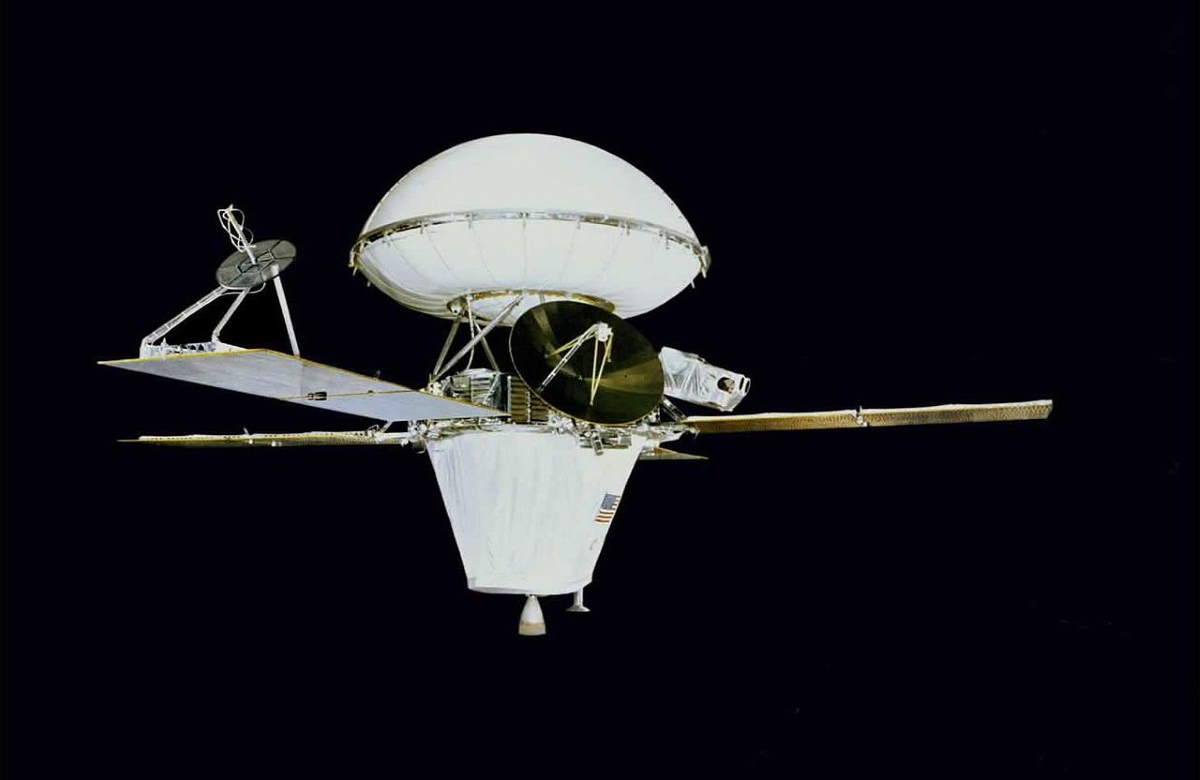

On June 19, 1976, NASA’s Viking 1 Orbiter was inserted into Mars orbit. Both Viking 1 and Viking 2 spacecraft were consisting of an orbiter and a lander.
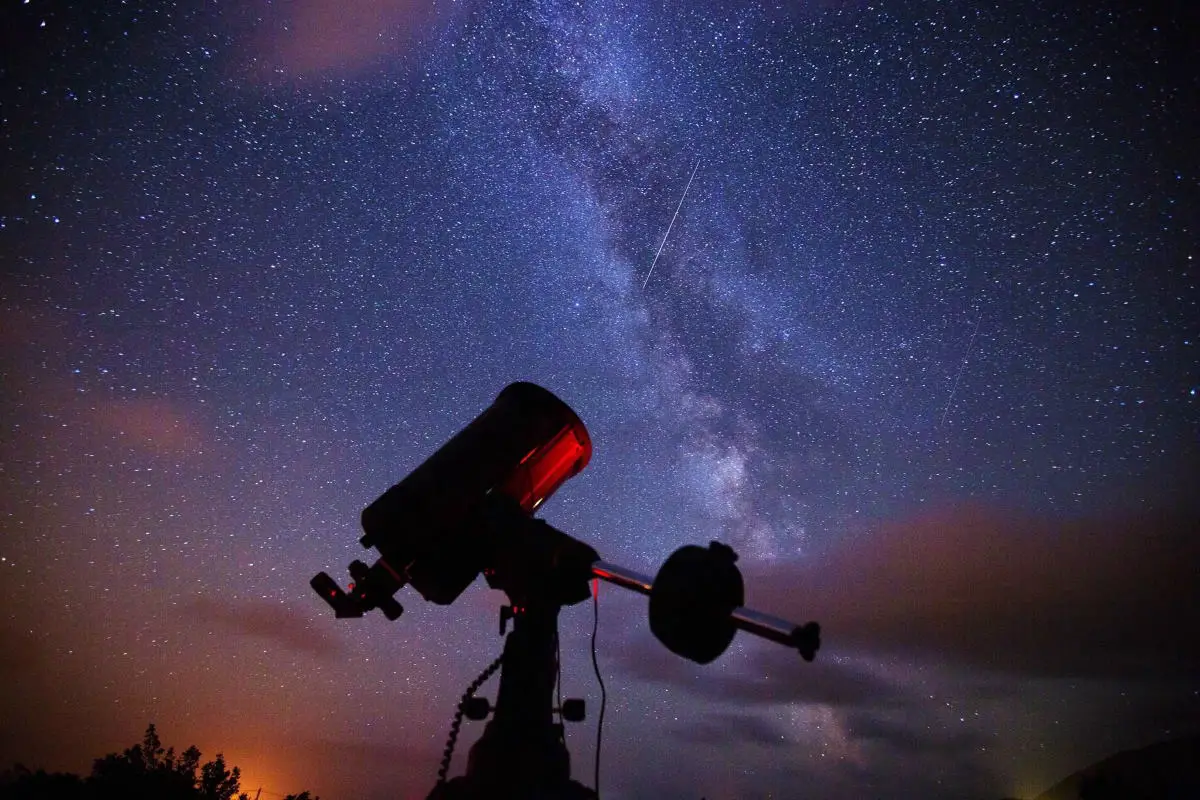
Busy days don’t leave much time to stare at the sky in awe. But once in a while, in the midst of looking forward, it may be time to look around – or up – at your surroundings and appreciate the view. Beyond a seemingly inky nightscape with only the occasional cloud, aircraft, or spattering of stars, there are also breathtaking celestial events at certain times of the year to look forward to. Such events don’t only remind us to revel in the sky, but also in space’s magical treasure trove of shooting stars, meteorites, northern lights, and more. If you have a yearning to stop and stargaze, a few steps can help you prepare for a wondrous experience.
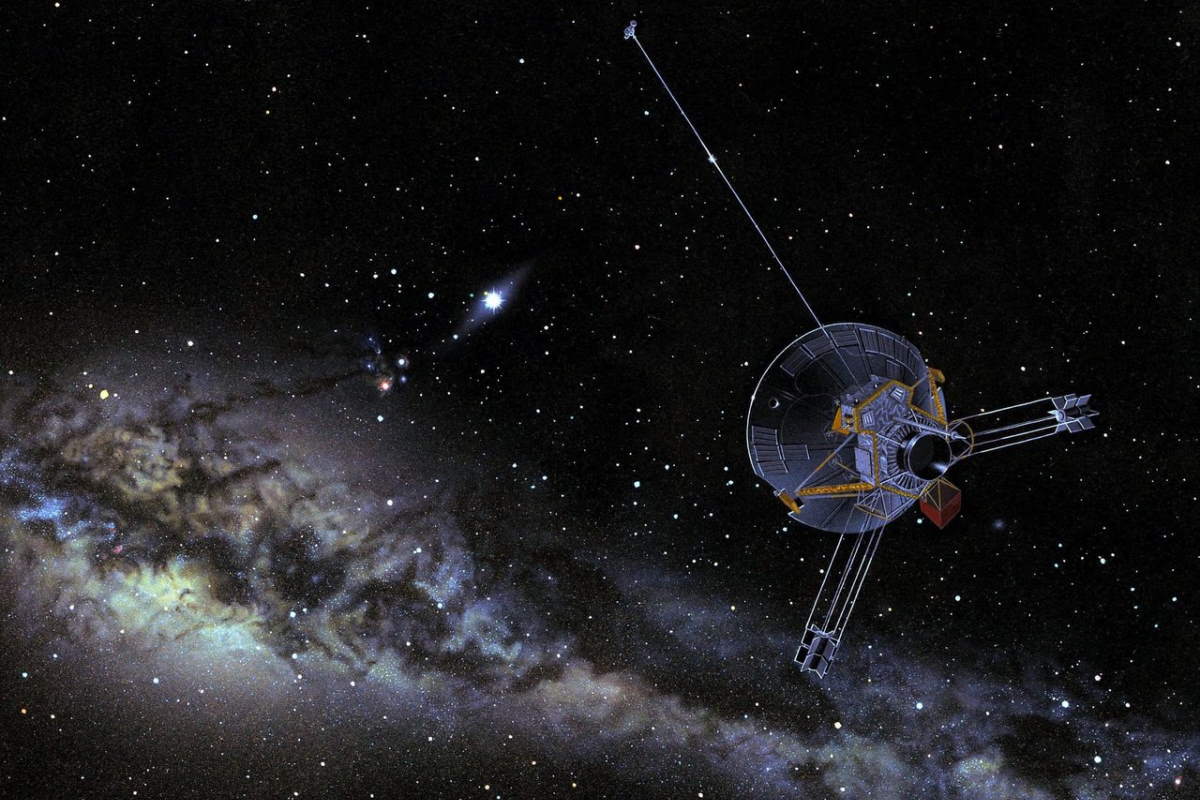
On June 13, 1983, Pioneer 10 became the first spacecraft to pass beyond the orbit of Neptune. So, it is the first spacecraft to pass beyond all the solar system planets.
On June 12, 1967, the Soviet Union launched Venera 4, which means “Venus 4” in English, a probe in the Soviet Venera program for the exploration of the planet Venus. It became the first successful probe to perform in-place analysis of the environment of another planet.
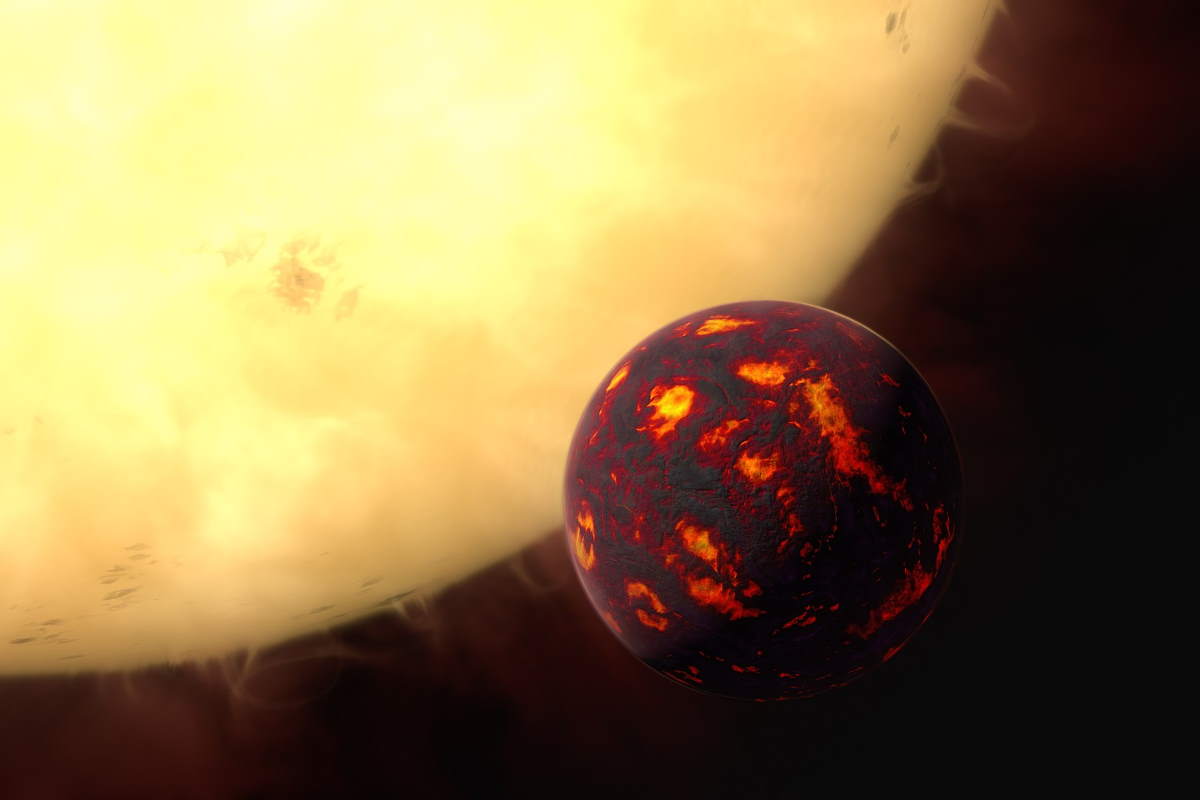
Earth and the entire Solar system carry a significant abundance of precious stones and metals. The history of human’s lust for these stones is as old as the earth itself. Earth has embedded in its crust some precious rock of billions of worth. Some of these precious stones are diamonds, black opal, ruby, emerald, red beryl, alexandrite, etc. Therefore, humans have been searching for them since the beginning of the earth. However, the most exorbitant gemstone that has gathered the spectators’ attention is the diamond.

Is faster-than-light (FTL) travel possible?
Ever since astronomers found that Earth and the Solar System are not unique in the cosmos, humanity has dreamed of the day when we might explore nearby stars and settle extrasolar planets. Unfortunately, the laws of physics impose strict limitations on how fast things can travel in our Universe, otherwise known as Einstein’s General Theory of Relativity. Per this theory, the speed of light is constant and absolute, and objects approaching it will experience an increase in their inertial mass (thereby requiring more mass to accelerate further).
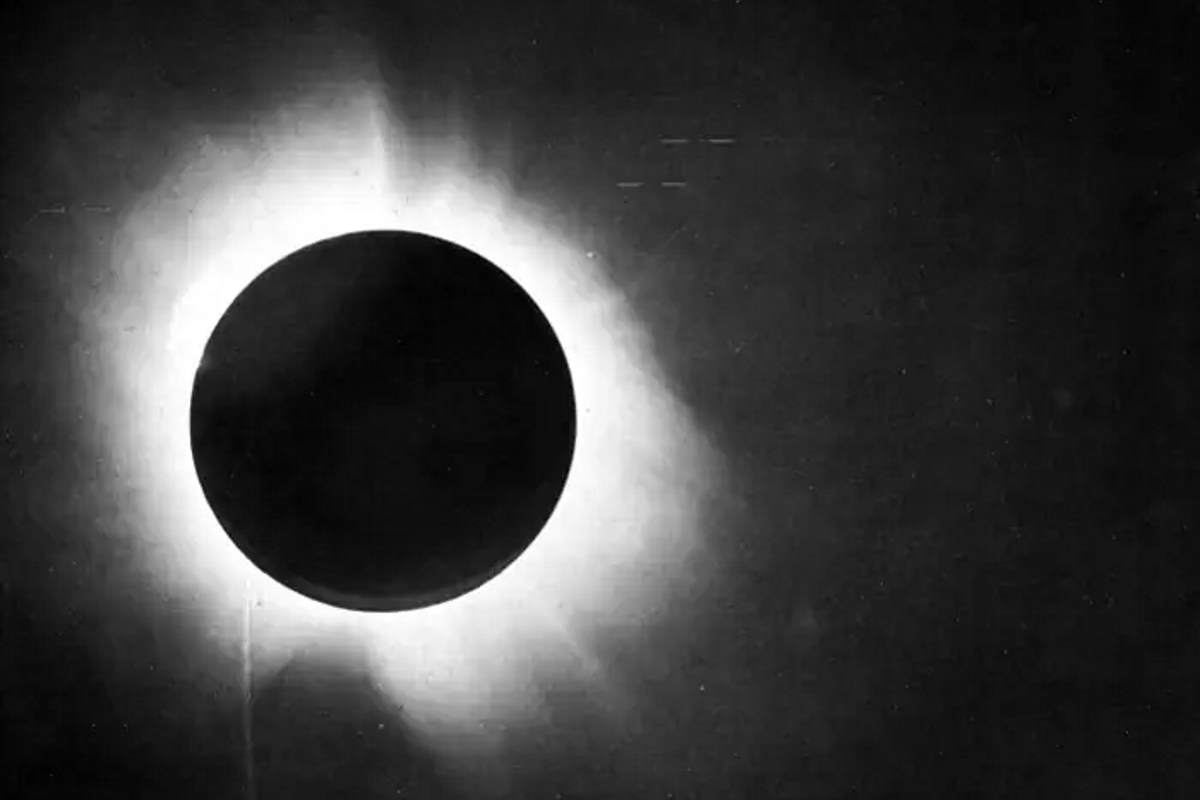
On May 29, 1919, Einstein’s General Theory of Relativity, which was just four-year-old at the time, was put to its first test during a total solar eclipse. Albert Einstein’s prediction of the bending of light by the gravity of the Sun, one of the components of his general theory of relativity, could be tested by measuring how the images of stars shift when the sun is close-by.
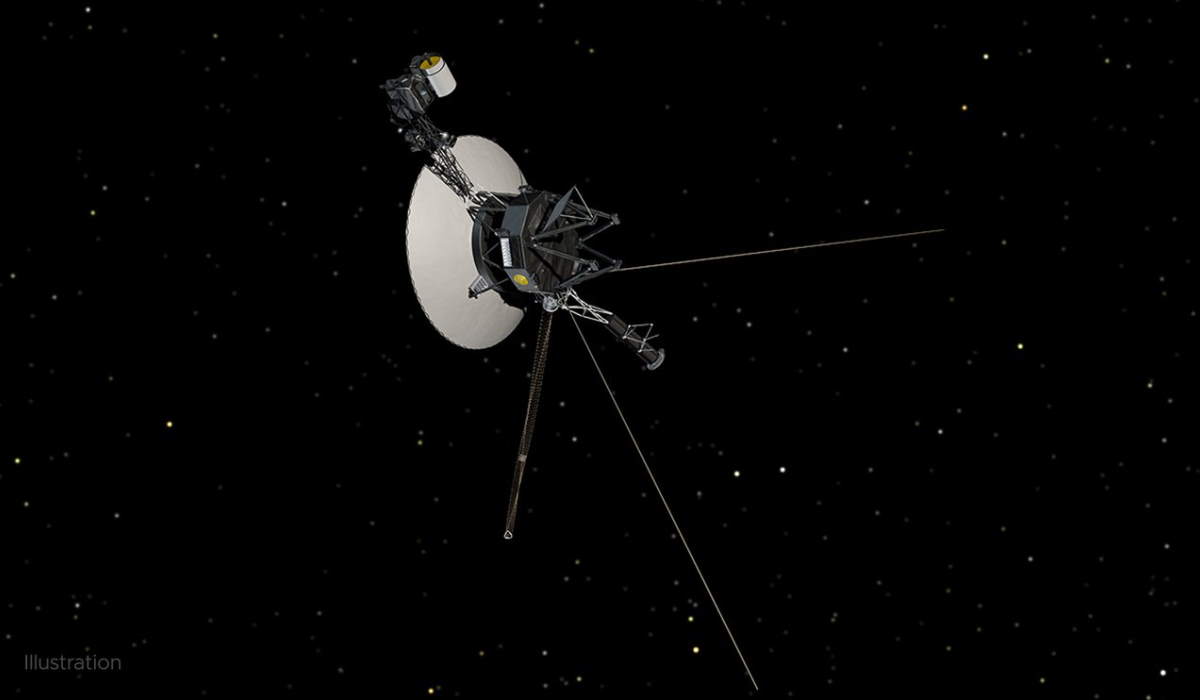
NASA’s Voyager 1 spacecraft has technical problems, it is generating random-looking telemetry data, and as a result, the spacecraft doesn’t know where it is.
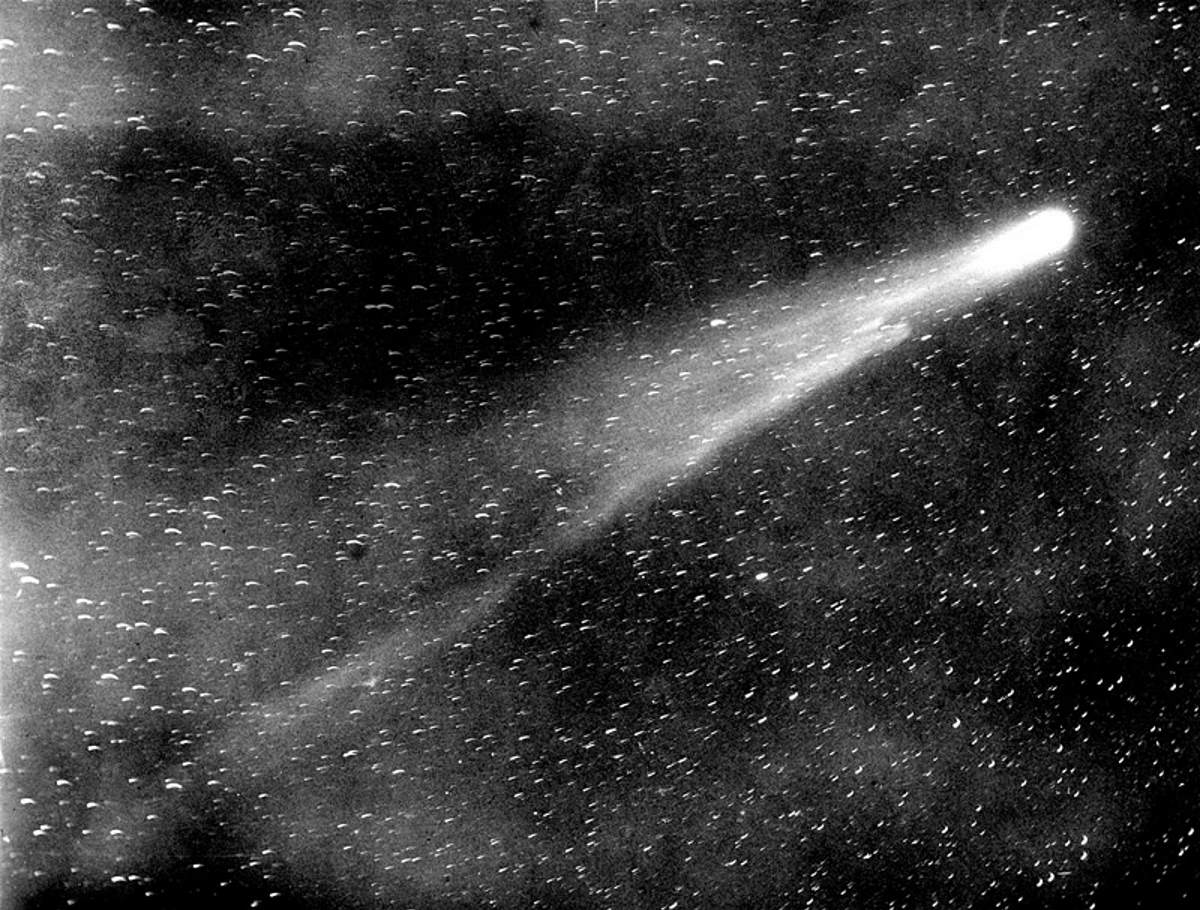
On May 19, 1910, the Earth passed through the tail of Halley’s Comet. Prior to the date, using spectroscopy, astronomers detected cyanogen, a very deadly poison in the comet’s tail. This caused panic. French astronomer Camille Flammarion (26 February 1842 – 3 June 1925) even claimed that life on Earth would end because of this.
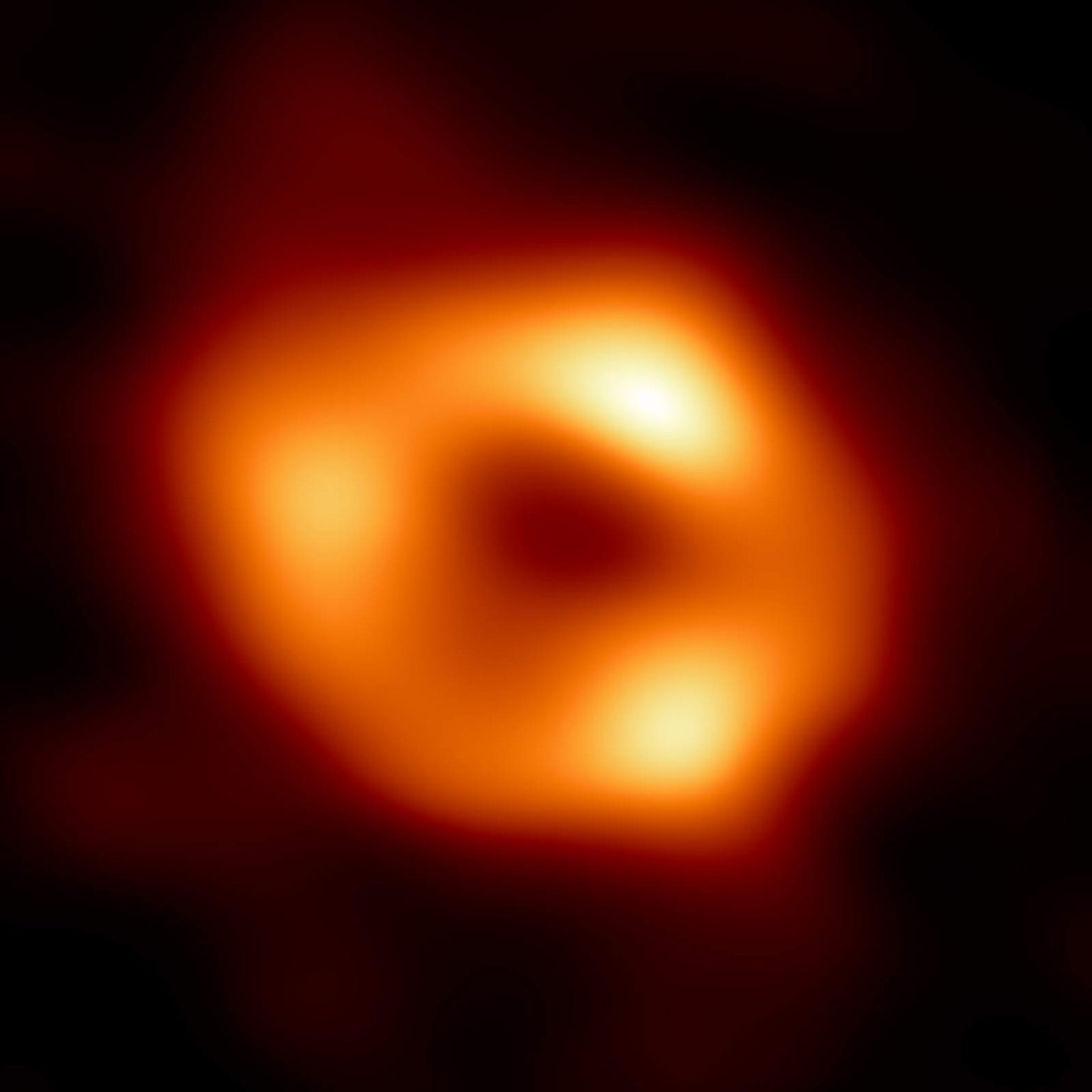
On May 12, 2022, the Event Horizon Telescope (EHT), an international collaboration capturing images of black holes, announced the first-ever image of the Sagittarius A*, the Supermassive Black Hole at the center of the Milky Way. After the image of the nearby elliptical galaxy Messier 87’s (M87’s) supermassive black hole, also revealed by the EHT in April 2019, this is the second confirmed image of a black hole.